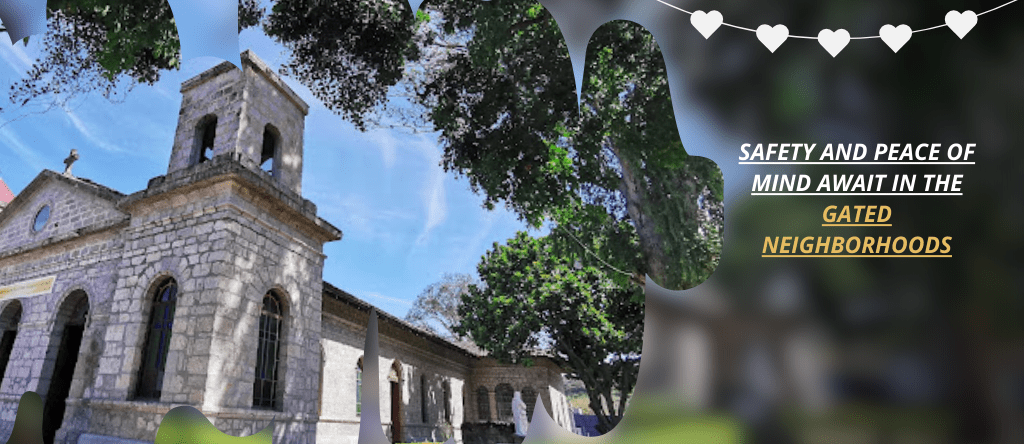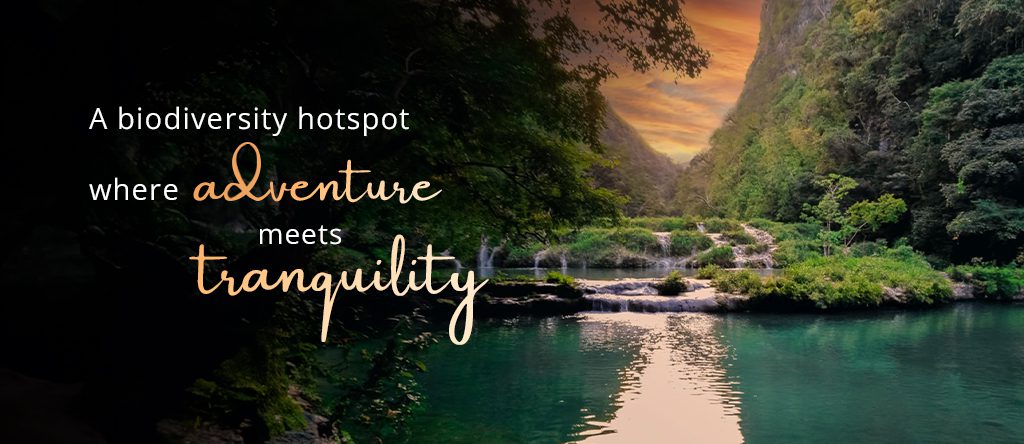The rise of medical tourism—traveling to a different country to obtain healthcare services—has increased considerably. Improved healthcare systems worldwide make accessing the desired and needed medical treatment more economical by crossing international borders. The main drivers of this trend are increased healthcare costs, wait times, and the availability of treatments that might not be found at home.
Costa Rica is a top destination for medical tourism. It provides the best care in the world at a price of one-sixth of what is paid for the same service in the United States and Europe. International medical travelers enjoy having their treatments performed by medically trained international physicians in a state-of-the-art facility accredited to global accreditation standards. Accessibility to this country, plus a well-entrenched infrastructure, will attract patients to the clinics of this nation.
Costa Rica has been known for many years as the “hub of wellness and medical tourism” in Latin America. It offers much more than just medical care. Its lush rainforests, gigantic waterfalls, pristine beaches, and serene environment make it an excellent place for healing and recovery. Costa Rica seamlessly merges healthcare excellence with natural beauty and attracts thousands of patients yearly for a holistic approach to health and wellness.
Why Costa Rica is a Hot Trend in Medical Tourism

Its reputation as one of the world’s medical tourism destinations is based on great health care, doctors well-trained in their medical fields, and value for money. It provides a quality experience and comfort that may be equaled in costlier United States or Europe facilities.
Some of the most important reasons Costa Rica leads in this industry include the following:
High-Quality Health Care Standards and Accreditation
The healthcare systems in Costa Rica are some of the strongest, boasting several accredited facilities that have met the international standards of organizations like Joint Commission International. This ensures that the facilities meet global healthcare standards.
Qualified, World-Class Medical Doctors
The country is full of highly trained medical practitioners, many of whom have received advanced training in the United States or Europe. Such bilingual doctors and surgeons bring international expertise to their practice, ensuring excellent patient care.
Affordability without Compromising Quality
Patients can save between 60% and 80% on medical procedures compared to costs in the U.S. or Europe. This across-the-board reduction applies to all treatments: dental care, orthopedic surgeries, cosmetic procedures, and so on. Thus, Costa Rica is a very popular destination for cost-conscious travelers seeking high-quality care.
Safe and Regulated Industry
PROMED, or the Council for the International Promotion of Medicine regulates health tourism in Costa Rica. It oversees all healthcare providers within the country to respect its safety standards, creating trust and confidence among international patients.
Accessibility and Travel Convenience
The availability of Costa Rica near North America makes it conveniently accessible. Flights directly from major cities like Miami, Houston, or Los Angeles reduce the distance. In addition, free visas for most nationalities reduce the formalities of entry. Upon arrival, travel, stay, and medical arrangements are arranged in an orderly manner, and facilitators are linked for support.
Emergency Service and Health Support
With the ability to pride itself in a developed healthcare infrastructure, Costa Rica offers high emergency and after-care facilities. This is further augmented by medical tourism insurance covering those visiting for medical attention with security during their trip.
Good Patient Support and Satisfaction
International patients are always guaranteed satisfaction results. Multilingual staff medical doctors and facilitators support this at all stages of a patient’s journey, from logistics to after-care services.
Most Popular Treatments and Procedures in Costa Rica

Costa Rica welcomes millions of medical tourists seeking treatments catering to various healthcare needs. The country boasts the latest medical technology and highly competent practitioners, making it a hot spot for anything from cosmetic surgery to holistic therapies.
Here are some of the most frequently sought treatments:
Dental Care
The most popular procedures include dental implants, veneers, and full-mouth restorations. Costa Rica is said to be the dental tourism leader because of its affordability and availability of experts.
Cosmetic and Reconstructive Surgery
The surgeries include facelifts, body contouring, and breast augmentations by very experienced surgeons with state-of-the-art facilities.
Orthopedic Treatments
Joint replacement surgeries, spine surgeries, and physical therapy services are highly in demand.
Bariatric Surgery
Gastric bypass and gastric sleeve surgeries are gaining popularity among patients seeking effective weight loss.
Fertility Treatments and Reproductive Health
The latest options, including IVF and egg freezing, are provided at affordable rates.
Eye Care and Vision Correction
LASIK (Laser-Assisted In Situ Keratomileusis) and cataract surgeries use the latest technology.
Alternative and Holistic Treatments
Costa Rica blends traditional medicine and modern practices, providing wellness therapies such as acupuncture and herbal treatments.
Advantages of Medical Services in Costa Rica

The healing environment is good, and Costa Rica offers medical excellence. This country provides holistic healing and supports physical as well as mental recovery for patients. The country does not attracts patients only with its quality treatments but also with unmatched natural and culture.
Here’s why choosing Costa Rica benefits patients –
- Natural Healing Environment: The landscapes of Costa Rica—beaches, rainforests, and tropical climates—are breathtaking, creating a serene backdrop for healing and recovery.
- More than Wellness Tourism: Costa Rica has much more than medical care to offer—massage therapy, hydrotherapy, yoga retreats to complement the healing process, and more.
- Eco-friendly Recovery Options: Most accommodations are devoted to sustainable tourism, including eco-lodges and nature retreats that can support holistic recovery.
- Low-stress, Relaxed Atmosphere: The Pura Vida culture is a stress-free lifestyle, perfect for recovery. This ethos, combined with warm hospitality, makes the environment conducive to both physical and mental well-being.
Top Medical Tourism Destinations in Costa Rica
Costa Rica has many destinations that cater to medical tourists, blending healthcare with convenience, relaxation, and scenic beauty. Whether you prefer urban hospitals or coastal recovery spots, these destinations offer diverse options for every patient:
San José
It is well-stocked with superior hospitals, multispecialty clinics, and recovery centers that facilitate easy recovery.
Escazú and Santa Ana
These upper-class municipalities surrounding San José have the most advanced medical facilities, luxury villas, and every type of comfort within arm’s reach.
Guanacaste and Liberia
Patients can combine their medical treatments with relaxation by taking treatment near Costa Rica’s famous beaches and ecotourism attractions found in Guanacaste and nearby destinations.
Puntarenas (Localities)
Emerging as a port town, Puntarenas combines a new form of medical tourism with wellness retreats.
Alajuela and Heredia
Such regions are conveniently located near the international airport, making accessing health care and recovery treatments easy.
Conclusion
Costa Rica is an excellent medical tourism option because it provides affordability, good quality care, accessibility, and a recovery-friendly environment. Dental implants, cosmetic surgery, and holistic therapies are all under one roof in this beautiful country. Even celebrities consider Costa Rica for their recovery treatments for sure-shot results.
Take the first step into affordable, top-class healthcare in one of the earth’s most gorgeous places. Costa Rica will transform more than your health; Costa Rica will turn your world around.









































